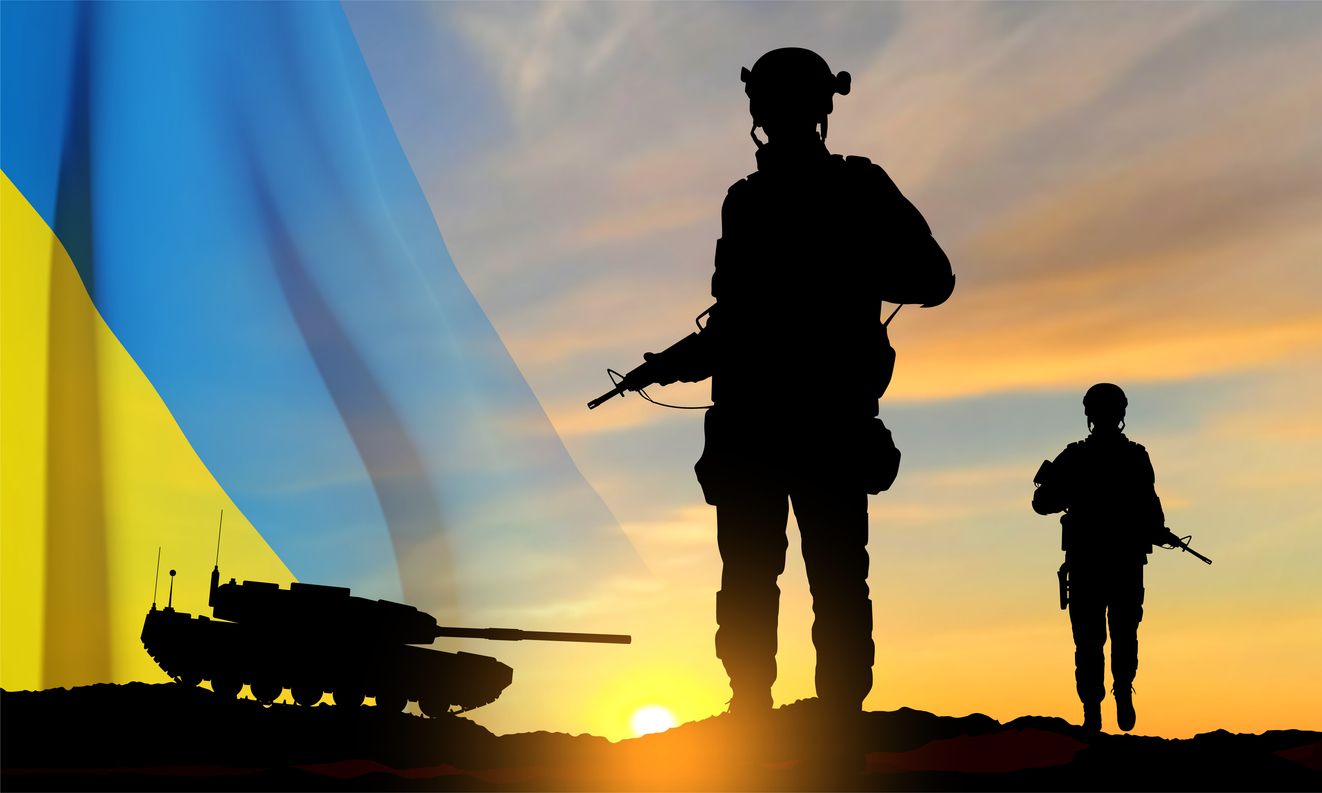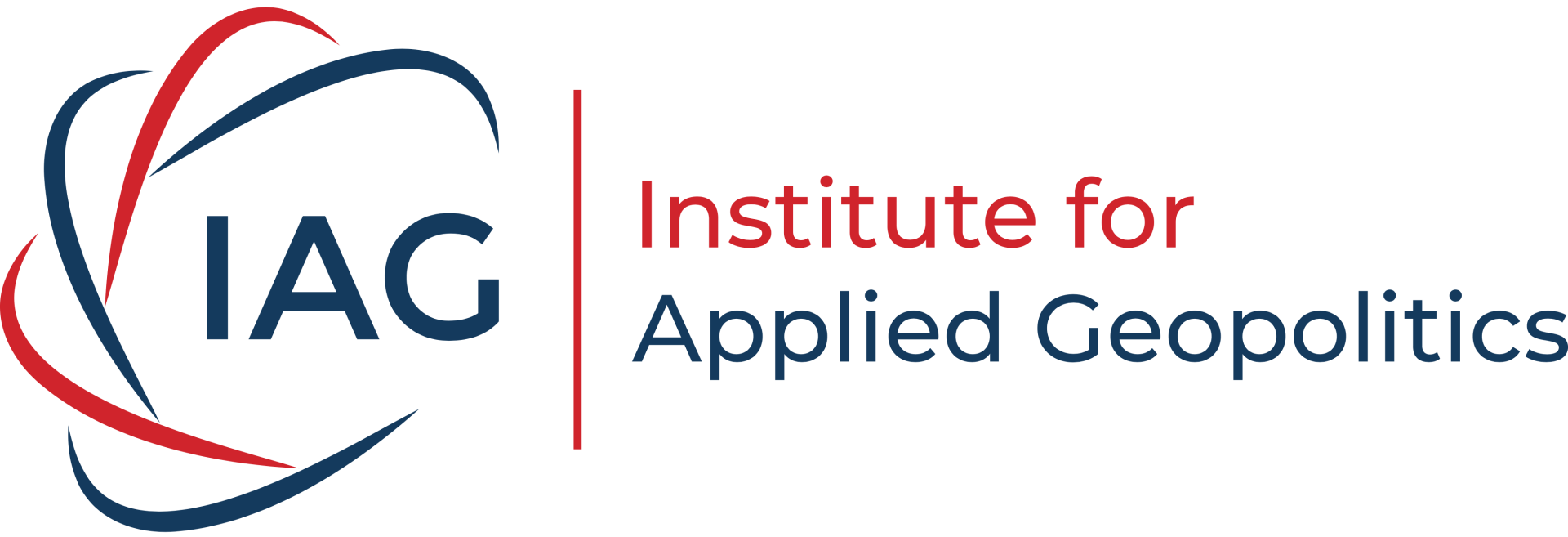Russia-Ukraine War 2025: Russia’s Recruitment Drive, NATO Guarantees, and the Future of Global Security

iStock.com/e-crow
Intelligence Summary
The Russia-Ukraine conflict has entered a phase of intensified escalation marked by sustained offensives, new weapons deployments, and continued international involvement. On August 26, 2025, reports indicated that Russia continues to replenish its forces, despite the injuries and casualties of over one million soldiers since the start of the war, according to Western intelligence estimates. President Vladimir Putin claimed in March that Russia is recruiting new servicemen at twice the rate of Ukraine, with Ukrainian intelligence confirming that Russian recruitment quotas are being met at 105 to 110 percent each month. Nearly half a million Russians joined the military in 2024, either as contract soldiers or volunteers, with recruitment driven by financial incentives and coercion. Russia has shifted tactics to reduce casualties, relying on small infiltration groups supported by drones and artillery rather than large-scale armored assaults.
On the battlefield, Russian forces have made steady advances in Ukraine’s Dnipropetrovsk region. On August 25, Russian troops from the 57th Separate Motorized Rifle Brigade captured the village of Zaporozhskoye, marking the seventh settlement taken in the region. This followed the earlier capture of Novogeorgievka on August 20. These gains threaten to encircle Ukrainian forces in Kamyshevakha and Novopavlovka, creating new “cauldrons” of trapped Ukrainian troops. Russian advances have been supported by daily artillery and drone strikes on Ukrainian logistics hubs, including Pavlograd, a key supply center.
Simultaneously, Russian drone and missile strikes have targeted Ukraine’s energy and logistics infrastructure. Between August 24 and 25, Russia launched 104 Shahed-type drones, with 28 confirmed impacts across 15 locations. The Sumy region was hit hardest, with strikes disabling multiple substations, causing widespread blackouts. In Romny, a logistics hub was destroyed, killing an estimated 10 servicemen and wounding 15. Additional strikes hit Ukrainian positions in Donetsk, destroying armored vehicles, drone control centers, and a field hospital.
Ukraine has also intensified its long-range strike capabilities. On August 25, Kyiv unveiled the “Long Neptune,” a land-attack cruise missile with a reported range of 1,000 kilometers, an upgrade from the original Neptune anti-ship missile. This follows the recent unveiling of the Flamingo missile, with a claimed 3,000-kilometer range, and the U.S.-approved Extended Range Attack Munition (ERAM), with a 463-kilometer range. While doubts remain about the performance and production capacity of these systems, Ukraine is demonstrating the intent to have the ability to strike deep into Russian territory.
Fighting remains intense across multiple fronts. On August 26, Russian attacks killed civilians in Kharkiv and Donetsk regions, while Ukrainian drone strikes killed one person in Russian-occupied Luhansk. Russia claimed to have shot down 151 Ukrainian drones and four aerial bombs in a single day. Russian forces also announced the capture of Zaporizke in Dnipropetrovsk region.
International involvement continues to shape the conflict. NATO member states are set to spend $50 billion on military aid to Ukraine in 2025, matching its contributions from the year prior. Admiral Giuseppe Cavo Dragone, Chair of the NATO Military Committee, dismissed speculation about deploying troops to Ukraine. Ukrainian President Volodymyr Zelensky has requested $1 billion per month from NATO countries to purchase U.S. weapons; about $2 billion has been committed to this effort thus far. Norwegian leadership has pledged $8.4 billion in aid for 2026, including military and civilian support. Germany’s Vice Chancellor Lars Klingbeil, visiting Kyiv, confirmed that Berlin will participate in shaping security guarantees for Ukraine.
Diplomatic efforts remain strained. Zelensky has called for a one-on-one meeting with Putin, while U.S. President Donald Trump has attempted to broker peace talks, though he acknowledged personal animosity between the two leaders as a barrier. Trump’s envoy Keith Kellogg stated in Kyiv that officials are working on security guarantees to prevent future Russian invasions, but Russian officials have signaled reluctance to engage in direct talks soon.
Meanwhile, Russia has expanded its hybrid warfare and propaganda efforts. Analysts warn that if fighting ends, Moscow will intensify disinformation campaigns, sabotage, and covert operations to destabilize Ukraine and its allies. Russian intelligence also accused Ukraine of attempting to use a Russian woman as an unwitting suicide bomber in Crimea, highlighting the covert dimension of the conflict. The conflict has also drawn in external actors. North Korea released footage of its troops fighting in Russia’s Kursk region, claiming they helped repel Ukrainian forces.
Why it Matters
The current phase of the Russia-Ukraine war demonstrates how entrenched the conflict has become, with both sides escalating militarily while external powers deepen their involvement. Russia’s ability to replenish its forces despite catastrophic losses underscores the power of its recruitment system, which is felt most strongly by the nation’s vulnerable populations. This ensures that Moscow can sustain a long war of attrition, complicating Western assumptions that manpower shortages would eventually constrain Russian operations. The shift to small-unit infiltration tactics supported by drones also reflects Russia’s adaptation to the technological realities of modern warfare, where heavy armor is increasingly vulnerable.
Ukraine’s unveiling of new long-range missile systems highlights the strategic importance of deterrence and signaling. Even if the performance of systems like the Flamingo or Long Neptune remains unproven, their announcement serves to pressure Russia by raising the prospect of strikes on Moscow or other strategic targets. This mirrors a broader trend in modern conflicts where the psychological and political impact of weapons development can be as significant as battlefield performance. The U.S. provision of ERAM missiles further integrates Ukraine into Western defense supply chains, reinforcing dependency on NATO while escalating Russia’s perception of existential threat.
The Russian strikes on Sumy’s energy infrastructure illustrate the deliberate targeting of civilian and logistical systems to degrade Ukraine’s warfighting capacity and morale. By crippling power grids and destroying logistics hubs, Russia seeks to undermine Ukraine’s ability to sustain its defense. At the same time, Ukraine’s drone strikes on Russian oil refineries and ports demonstrate Kyiv’s capacity to disrupt Russia’s energy exports, a critical source of revenue. This back and forth escalation in infrastructure targeting raises the risk of broader economic and energy instability, particularly if Russian energy exports through the Baltic or Black Sea are further disrupted.
NATO’s decision to provide $50 billion in aid and Zelensky’s request for $1 billion per month from NATO countries highlight the scale of Western commitment. This level of sustained financial and military support signals that the alliance views Ukraine’s survival as a strategic imperative. However, it also risks deepening Russia’s narrative that it is fighting a proxy war against NATO, potentially justifying further escalation. The insistence by European leaders such as Germany’s Lars Klingbeil on security guarantees for Ukraine underscores the recognition that any peace settlement must be backed by credible deterrence, even if this risks direct confrontation with Russia.
Diplomatic efforts remain fragile. Trump’s attempts to broker peace face structural obstacles, including Putin’s reluctance to engage directly with Zelensky and Ukraine’s insistence on reclaiming occupied territories. Even if a ceasefire were reached, analysts warn that Russia would likely intensify hybrid warfare, using disinformation, sabotage, and covert operations to destabilize Ukraine and test Western resolve. This reflects a broader pattern in Russian strategy, where conventional warfare is complemented by tools designed to exploit divisions within adversary societies.
The involvement of external actors like North Korea demonstrate how the Ukraine war is influencing global military alignments. North Korea’s deployment of troops to Russia’s frontlines signals deepening military cooperation between Moscow and Pyongyang, potentially in exchange for arms supplies. This indicates that the conflict is not only a European crisis but also a laboratory for global military innovation and doctrinal shifts.
Ultimately, the entrenchment of the Russia-Ukraine conflict underscores the intersection of great power competition, military adaptation, and alliance politics. The war has become a central theater in the contest between NATO and Russia, with ripple effects across Asia and beyond. The combination of sustained battlefield escalation, hybrid warfare, and global military realignments ensures that the conflict will remain a defining feature of international security for the foreseeable future.
Key Actors
- Russia
- Ukraine
- NATO
- United States
- European Union
- North Korea

